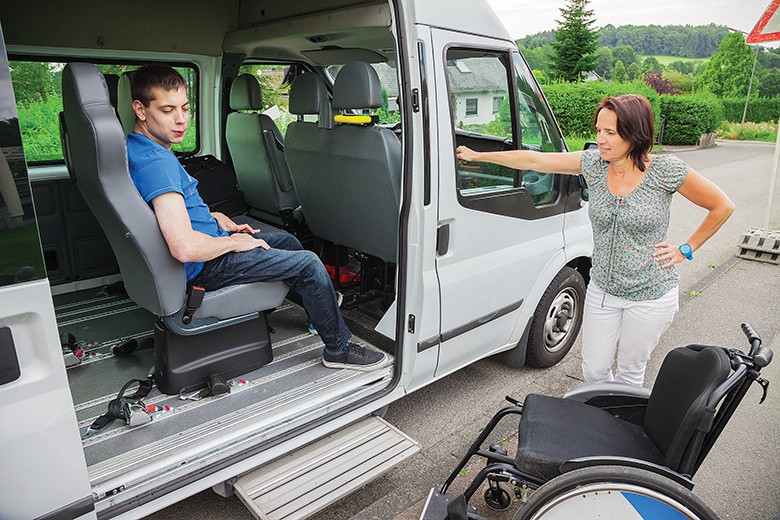
The United States Department of Education, Office of Special Education and Rehabilitative Services, emphasized in an up-to-date blog the importance of secondary planning for students with disabilities. The goal being the preparation of students with disabilities for successful secondary transition to postsecondary education, and community living in a range of independent and supportive settings. When I read this blog, I immediately thought about how helpful school transportation personnel could be in meeting this goal for children with disabilities riding school transportation vehicles.
The Individuals with Disabilities Education Act (IDEA) recognizes the importance of transition planning for students who receive special education and related services. The IDEA mandates that secondary transition planning begin by age sixteen. It is widely reported that many states require transition planning begin prior to age sixteen. In an important message, Director Valerie C. Williams of the Office of Special Education Programs, pointed out the importance of “reading students with disabilities for lifelong success…”.
Travel training can begin on a school transportation vehicle by fostering independence, teaching how to follow rules and promoting the goal of lifelong self-reliance, regardless of the functional level of a child with a disability. Transportation personnel can play an influential role in implementing travel training as defined in the IDEA. “Travel training means providing instruction, as appropriate, to children with significant cognitive disabilities, and any other children with disabilities who require this instruction, to enable them to – (i) develop an awareness of the environment in which they live; and (ii) learn the skills necessary to move effectively and safely from place to place within that environment (e.g., in school, in the home, at work, and in the community).” This definition includes all aspects of safely navigating one’s environment.
Practically speaking, travel training could support a child with limited cognition or autism who lives in a cul de sac by teaching them to walk to the corner, with supervision or unassisted, when a school transportation vehicle cannot enter the cul de sac. In such instances, travel training can advance independence and simultaneously provide an opportunity for a child with disabilities to ride in the least restrictive environment (LRE) with their neighborhood peers. Another example of the benefit of travel training is providing instruction for children with limited cognition, emotional, or behavioral challenges learning how to wait safely at a designated stop and take safety precautions, such as not stepping off a curb and walking into the street.
Travel training instruction should only be provided by qualified personnel such as trained special educators, related services personnel, and transportation staff. Travel training recommendations should be discussed at a child’s individualized education program (IEP) committee meeting, including the parent and child, when appropriate. Travel Training should always be documented in the IEP and decisions should only be made on a case-by-case basis after a careful assessment of an individual child’s functional level.
In summary, travel training programs provided during school years for children with disabilities can enhance self-reliance in navigating various environments. Travel options can improve positive outcomes in adulthood. Traveling independently provides access to a range of opportunities including postsecondary education, employment, and recreation. Traveling by car, Uber, bicycle, public transportation, or paratransit can afford suitable options for individuals with disabilities.
Linda F. Bluth, Ed.D. (bluthlinda@yahoo.com) is one of the nation’s foremost experts on special needs transportation and continues to be active as a consultant and author. She is a past-president of the National Association for Pupil Transportation and a Hall of Fame member of the organization.


